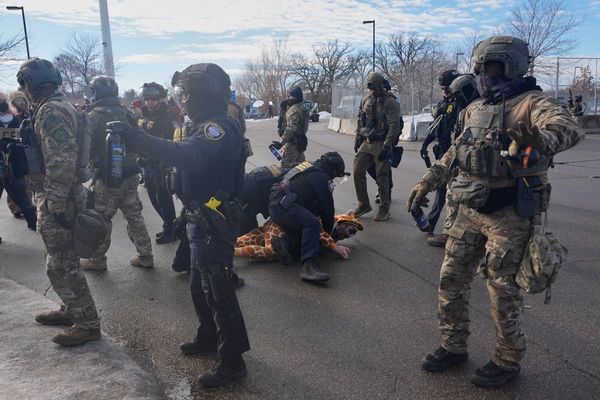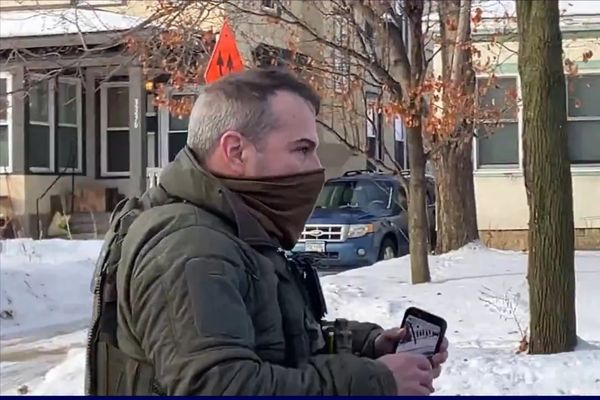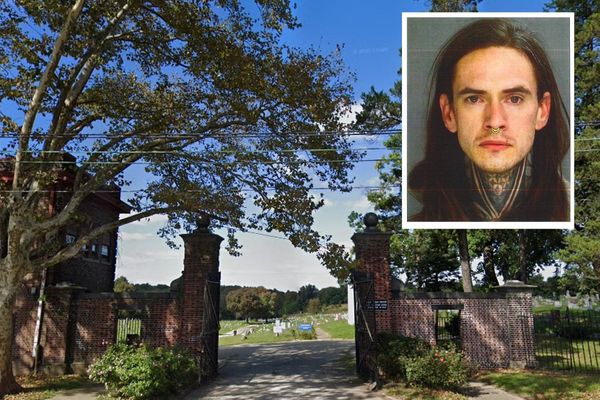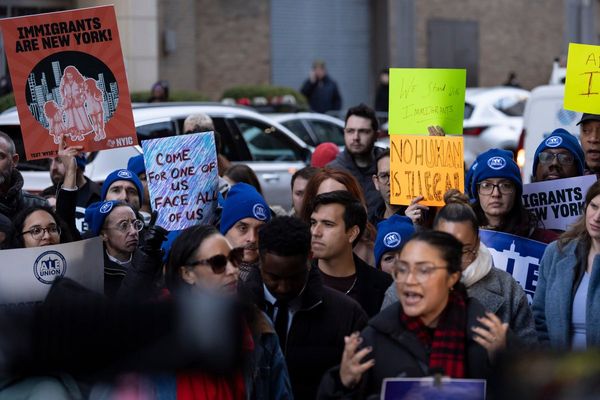MIAMI — Investigators with the National Institute of Standards and Technology issued a preliminary summary of their findings Thursday regarding the catastrophic collapse of Champlain Tower South, stating the pool deck had “critically low margins against failure.”
According to the summary, the pool deck was severely underdesigned in the portion of the deck that collapsed seven minutes before the rest of the tower fell, killing 98 people in the early hours of June 24, 2021.
At a public hearing Thursday, investigators noted the problems that began with pervasive weaknesses in the structural design were exacerbated by misplacement and corrosion of the reinforcing steel within the deck and the addition of planters and heavy pavers that were not accounted for in the original designs.
The findings echoed reporting done by the Miami Herald in consultation with structural engineers who identified similar weaknesses in the structure and other problems that compounded in the weeks before the collapse. Those included areas where the pool deck appeared to be sagging dangerously, cracking a nearby planter.
Glenn Bell, team associate leader for the investigation, explained how engineers examined the original building codes and standards from 1980 to determine where construction of Champlain Towers South may have deviated. They also analyzed the standards for reinforced concrete design from 40 years ago.
They concluded the design failed to meet codes and standards and “the lack of compliance was most severe in the pool deck structure,” Bell said.
Bell said they found the strength in some pool deck locations was only about half of that required at the time of construction, and also would not have complied with current codes. He said the weak connections between the pool deck and supporting columns were vulnerable to punching shear — a type of failure where the slab disconnects from the column in a sudden, sweeping collapse.
“Even absent any sudden overload or obvious initiator of a failure on the night of a collapse, the conditions present on the pool deck slab at that time represented a serious safety concern for the building,” Bell said.
Investigators said they are still considering two dozen failure hypotheses, but are working to rule out theories and are looking at the pool deck as the most likely initiation area of the collapse.
Cracks that opened up in a planter on Champlain Towers South’s western pool deck were a potential warning sign of imminent collapse, according to engineers interviewed by the Miami Herald.
Cracks that opened up in a planter on Champlain Towers South’s western pool deck were a potential warning sign of imminent collapse, according to engineers interviewed by the Miami Herald. Eduardo Alvarez
Ken Hover, a Cornell University professor working on the official investigation, said at Thursday’s hearing that failure initiation at the pool deck was a “leading hypothesis.” Hover said investigators have so far found no evidence of an explosion, car accident in the garage or other extraordinary event that could have triggered the collapse.
Abieyuwa Aghayere, who teaches structural engineering at Drexel University and consulted on the Herald’s investigation, said the institute’s summary suggests the collapse was likely caused by factors that were predictable and obvious with a basic review of the structure and its design.
“It is indeed very sobering that these deficiencies were not found earlier before the collapse happened and 98 lives were lost,” Aghayere said.
A final report on what caused the disaster is expected around May 2025.
An ongoing search for answers
More than $18 million has been spent on the probe so far, government investigators said. Testing continues at two large warehouses, where more than 600 pieces of evidence are being stored.
The search for some evidence is ongoing — including for security footage from the building on the night of the collapse. Lead investigator Judith Mitrani-Reiser estimated more than 100 hours has been spent searching for that footage in the debris.
Mitrani-Reiser also said investigators have a memorandum of understanding with the FBI to enhance videos and still images that could provide clues, such as a video taken by a tourist in a nearby hotel showing the north side of Champlain South moments before the building collapsed.
Materials scientists are attempting to replicate the concrete mix used in 1980, which has been problematic because materials used in South Florida have changed significantly over the years. They have obtained 70 concrete cores — about 18% of what they intend to collect.
A presentation by the National Institute of Standards and Technology on Thursday, June 15, 2023, details several factors that may have contributed to the collapse of the Champlain Towers South pool deck on June 24, 2021.
A presentation by the National Institute of Standards and Technology on Thursday, June 15, 2023, details several factors that may have contributed to the collapse of the Champlain Towers South pool deck on June 24, 2021. NIST
“We’ve observed microstructural changes due to environmental factors,” project leader Scott Jones said. “It looks like it was strong but not so durable concrete.”
Investigators said they have so far interviewed 33 people, including survivors, victims’ family members and government officials.
Various errors and flaws in the Champlain Towers design and construction bear “eerie” similarity to what was found after the collapse of an overhead walkway at the Hyatt Regency Hotel in Kansas City, said project leader Jack Moehle. The platforms crashed down into the lobby, killing 114 people and injuring 200 on July 17, 1981, the year Champlain South was built.
One questioner told Bell: “It’s troubling we can’t find an obvious trigger.”
Bell responded that in his experience investigating structural failures, there is often no single cause.
“People ask what happened at Champlain Towers on June 24, 2021, but it may be more like a gradual deterioration of a structure that’s been compromised over time,” he said.
As the two-year anniversary of the Champlain collapse approaches, victims’ family members have continued to demand answers. Bell called Thursday’s meeting a “major step forward.”
“We’re doing all we can to communicate our findings publicly,” he said.







